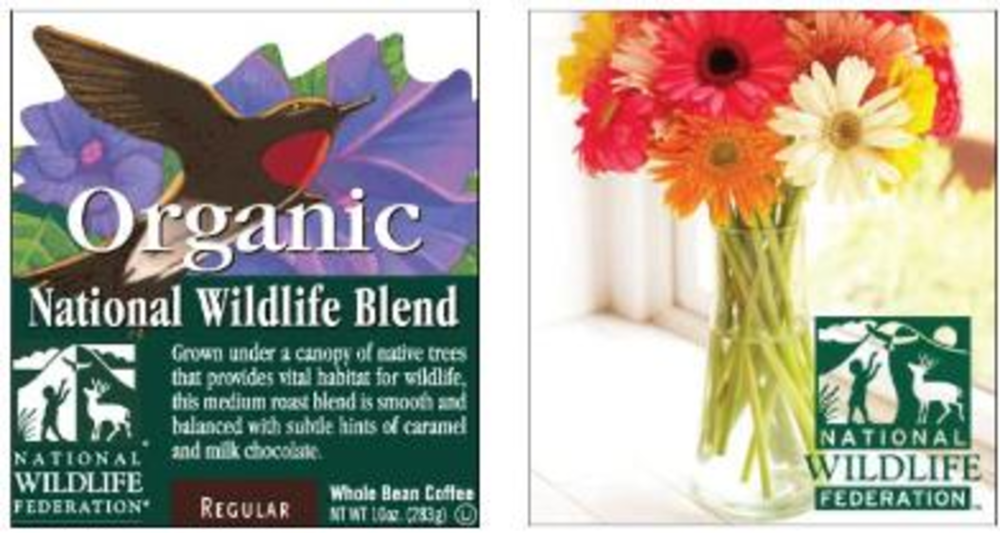The news that cataloger BlueSky Brands appears to have closed has impacted more than just direct retailers. The company had a licensing arrangement with the National Wildlife Federation to use its name and logo on a catalog. In return, NWF received a royalty fee.
This sort of partnership is an example of cause-related marketing. The tactic has much upside: Corporate sponsors generate goodwill by partnering with a nonprofit organization, which, in turn, benefits from the increased exposure.
However, retail/nonprofit relationships have been scrutinized in the past. Sen. Robert Menendez (D-NJ) introduced legislation in December to regulate embedded giving, or the practice of building a philanthropic gift into another, unrelated financial transaction. Another example of these relationships is donation canisters at grocery store checkout aisles.
“We still think there are lots of good corporate relationships that can be developed,” says Mary Burnette, associate director of communications at the National Wildlife Federation.
What happened with BlueSky was a unique situation, Burnette adds, since it is the only catalog company NWF has ever worked with. “Most of our other cause-related marketing partnerships have proven successful,” she says.
Paula Berezin, president of Social Capital Partnerships, says that there is “increased scrutiny” on these partnerships. However, she adds, this may be a good thing. “Nonprofits will make more selective decisions” about who to partner with, better ensuring the success of those partnerships, she says.
In fact, as more corporations and charities view these partnerships as a core part of what they do, the practice itself is likely to continue to thrive. Three new cause-related programs are scheduled to debut next month.
Macy’s will launch a multichannel, environmentally themed campaign around Earth Day that includes a partnership with the National Park Foundation; the Give Green Program, from merchant-funded reward network Thanks Again and The Nature Conservancy, will allow Thanks Again members to contribute a portion of qualifying purchases made at participating business to global conservation initiatives; and Good2Gether is a new search and social media Web service that will enable media Web sites to display links to local events, volunteer opportunities and organizations next to cause-related articles. It also includes a corporate sponsorship.
For marketers, what’s changing is that the deals being negotiated today reflect “a higher level of sophistication” than in the past, says Misti Dragano, VP of development for marketing agency First Degree.
“Companies are being more selective about the charities that they partner with, making sure that they have a synergy with their brand,” she continues, and points to Hallmark Cards’ tie-in with Product Red, as one recent example of a well-executed cause-related program.
“It’s very clear what percentage is being donated back to the global fund,” Dragano says. In addition, the campaign “works well with Hallmark and what it’s trying to do, reaching out to a younger demographic,” she adds.








